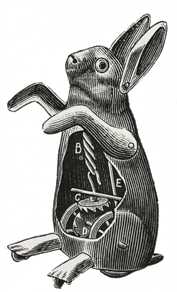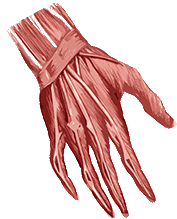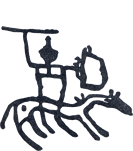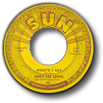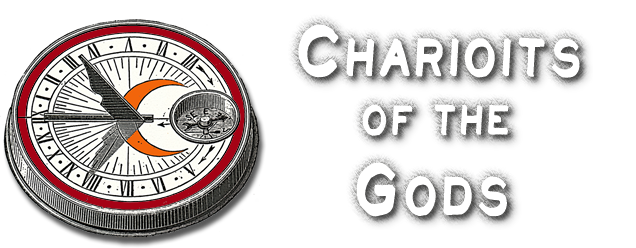
Critique of a Documentary
Chariots of the Gods
The documentary Chariots of the Gods is based on Erich von Däniken’s book of the same name. Originally produced in German in 1970, it was quickly reedited for an English speaking audience and screened as a theatrical release rather than a TV documentary.
The style is typical of late 1960s and early 1970s documentaries with a music track very characteristic (and somewhat annoying) of 1960s pop muzak, a sound frequently brought to bear on low budget movies of the time. Presentation is a series of shots of locations interspersed with shots of ancient buildings and artifacts. A voice-over narration accompanies the scenes. In the 1970s, documentaries did not use talking head shots to convey debate and impart authority. There are also no scenes with reinactors, a common practice in documentaries of today. Instead, we see long and lingering scenes with little background narration. One assumes the slow pace of presentation was designed to increase the running time of the film to make long enough to be acceptable for a theatrical release. The documentary was popular when it was released.
Chariots of the Gods is what literary scholars refer to as an urtext. That term means it is the original version of all the documentaries about visitors from outer space in ancient times. In fact, viewers of Chariots of the Gods will notice that virtually all of its material is later reused in the Ancient Aliens documentary. In this aspect, the relationship between Chariots of the Gods and Ancient Aliens is a good example of the recycling of ideas and evidence that characterizes the phenomenon of the cultic milieu.
Chariots of the Gods begins with a series of scientists speculating about extra-terrestrial life, then extra-terrestrial intelligence, then visits to the earth by intelligent aliens. The audience is swept from a speculation about life in other parts of the universe to a virtual fact that ancient astronauts visited the earth. Alert viewers will note that the documentary predicted man would land on Mars before the end of the twentieth century and that man will land on Venus in the twenty-first century. Next the documentary introduces the cargo cult of New Guinea and its reaction to the god-like powers of the American military. The analogy is that ancient humans had the same reaction to visits by ancient astronauts.
The documentary continues by asserting that world mythology is full of stories about god-like visitors. It cites the examples of the Vimana airships of the Hindus, talk of spacemen in the Dead Sea Scrolls, and a description of space travel in the Epic of Gilgamesh. The documentary used the example of Heinrich Schleimann’s discovery of Troy, which transformed a story that was thought to be myth into history. The implication is that someday the same thing will happen with ancient aliens. Schleimann is referred to as the “greatest archaeologist of all time,” a claim that historians of archaeology would dispute. Other examples from the Bible, the Piri Reis Map, and pyramidology follow. Egyptian embalming is referred to as an imitation of alien resurrection techniques.
The documentary goes on to claim that no one knows how the ancient Egyptians managed to move massive building stones, huge statues, and obelisks. In fact, quite a lot is known about how they did it. Furthermore, Romans and later peoples moved obelisks from Egypt to Rome and other locations using ancient technology. It also suggests that the Aztec calendar was so accurate because aliens taught them.
As the documentary progresses, it becomes increasingly vague as it attempts to explain what the ancient aliens taught humans or built for them. Scenes become longer and more lingering with less content. Numerous examples of ancient art that supposedly depicts ancient astronauts are presented. It claims that the depictions of aliens are remarkably similar, but that does not seem all that apparent. The Bagdad batteries are shown, but it is not suggested how they would have been used, nor is their extremely low voltage discussed. The topic of the Uzbekistan rock paintings is introduced. The paintings depict spacemen, but what we are shown are copies made by the Russians, not the originals. The documentary concludes with a visit to Nazca, its line art, and the supposed landing strip. It is called a gigantic, abandoned airport. The narrator asks: Did ancient astronauts visit the earth?
The documentary’s use of evidence is tendentious. The viewer who wants to believe must accept the assumption that a massive amount of evidence proving that ancient astronauts visited the earth is available to all but ignored by the mainstream community of scholars and thinkers. All sorts of connections are asserted, but beyond the assertion, no proof is present. This material has been debunked repeatedly over the years.

